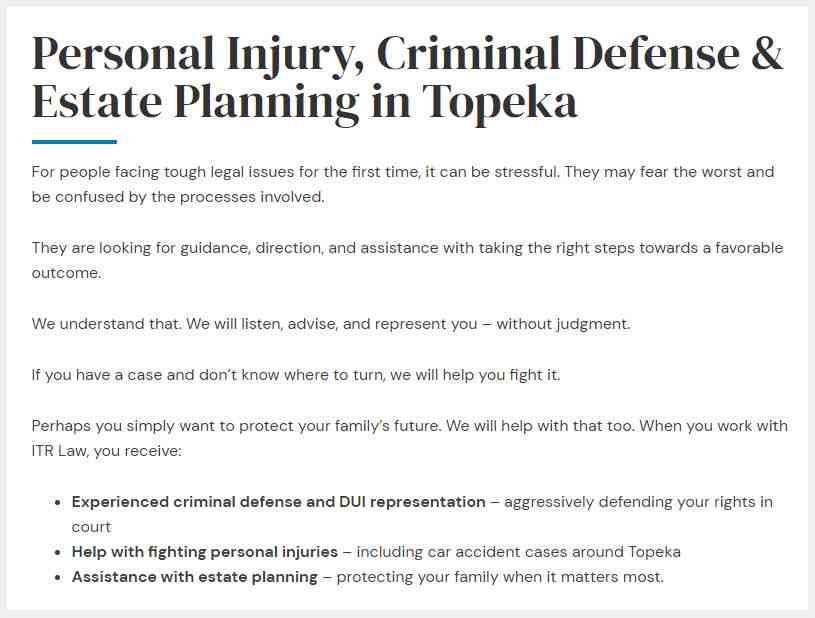The most common complaint I get from audit clients and bloggers is the inability to “know what SEO advice to follow.”
Unlike search engines that can rank, re-rank, or penalize information or practices that are unethical or unscrupulous, the same cannot be accomplished by the average blogger weeding through multiple courses, gurus, or podcasts.
Unfortunately, 2022 has taken things to a whole new level.
How many emails and instant messages have I received from bloggers asking, “Is this true?” or “I was told to do this, what do you think?” it cannot be measured except to say, “It was a lot.”
Implementing an accurate and competent SEO strategy has never been more challenging, especially in light of the explosion of new websites launched during the pandemic.
As such, it has never been so important to understand which advice is worthwhile and which is complete and utter.
To that end, I’m presenting some of the worst pieces of SEO advice I’ve been asked for in 2022, with the hope that the answers will help you decide what not to do.
Worst SEO advice #1: “I should never remove content from my website.”
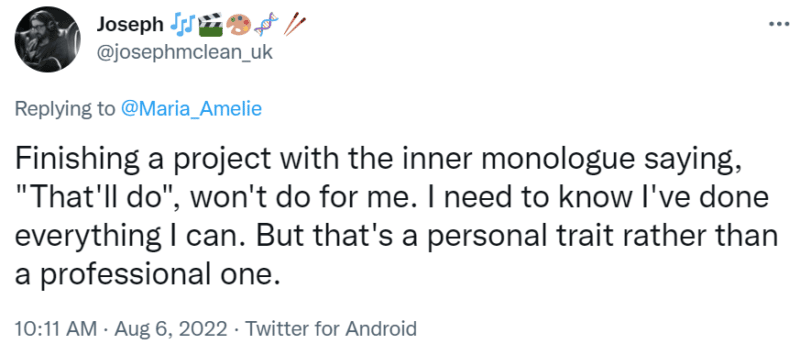
The benefits of removing old content from an existing website have been known and practiced for years.
Think of your site as a garden. All the content that generates regular traffic, links, and social signals is yours. Everything that isn’t? That’s your weed. Just like in a real garden, you can kill your flowers if you don’t pull those weeds.
Leaving outdated, low-quality or sparse content on your website can lead to a host of poor SEO results, including:
Google’s John Mueller has also documented well that low-quality content on one part of a website can negatively impact the search rankings of the entire website.
Bottom line
If you can update and improve existing content, please do!
But if not, delete it, and move on. Think quality with your website content, not quantity.
Worst SEO advice #2: “All I need is to write longer content to rank higher.”

It has been said time and time again that word count is not a ranking factor with Google. Yet, on a daily basis, I run into clients who have been directed to write a longer resource as their primary method of “recapturing” a lost site or improving existing visibility.
When asked about word count, Mueller said, “blindly adding content to a page won’t make it (rank) better.”
What helps a resource is adding content that is useful to the audience.
For example, no one wants to read a 2,000-plus-word essay on artichoke hearts. As such, understanding what your audience is looking for and what is considered “useful” can still be confusing for the average website owner.
Bottom line
A content update or rewrite must have a clear purpose and an understanding of why your page isn’t ranking in the first place.
These are just a few questions to answer before deciding to “just write a longer resource” for consideration in the site.
Get the daily search newsletter marketers rely on.
Worst SEO advice #3: “I should include my focus keyword in every page heading.”
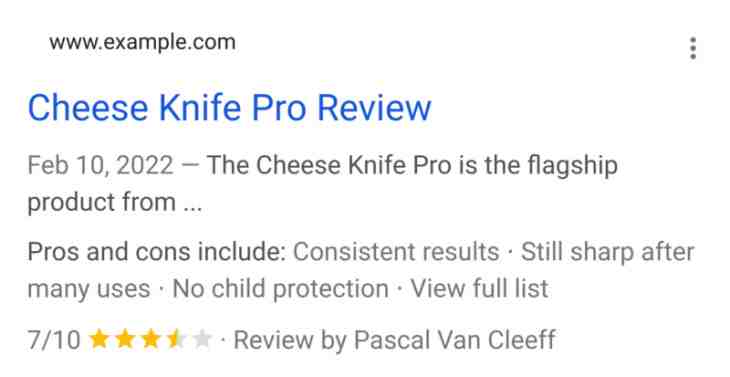
During the “good old days” of SEO, it was very common to optimize a page around a focus keyword by including the focus keyword in the title, meta description, URL, and every heading on the page.
For example, just a few years ago, a typical recipe post trying to rank for “banana cream pie” might have looked like this:
Unfortunately, following Google’s updates from November 2019, and later the release of Core Updates in January and May 2020, a clear pattern emerged where bloggers who had been over-optimizing their headlines (among other issues ) is suffering site deterioration and traffic reductions.
The pattern was incredibly easy to spot in online audits and Facebook groups and was soon supported by a Food Blogger Study by SEO firm Top Hat Rank published in February 2020.
In the study, food blogs saw a 60% drop in direct Google search engine traffic to recipes and posts that had engaged in the keyword over-optimization headline.
Fortunately, bloggers who went back through their site and started de-optimizing their headlines ended up with remediations by the May 2020 Core Update, or much later, when Google made their next update which was announced in December.
Bottom line
Any recommendation to stuff your headlines with keywords is not only outdated advice but potentially dangerous for the average website in the current algorithmic climate.
Referring your keyword naturally in the H1 and one or two other H2s seems fine. What’s more, it will look spammy and should be avoided!
Worst SEO advice #4: “Alt text should be used for SEO keywords.”
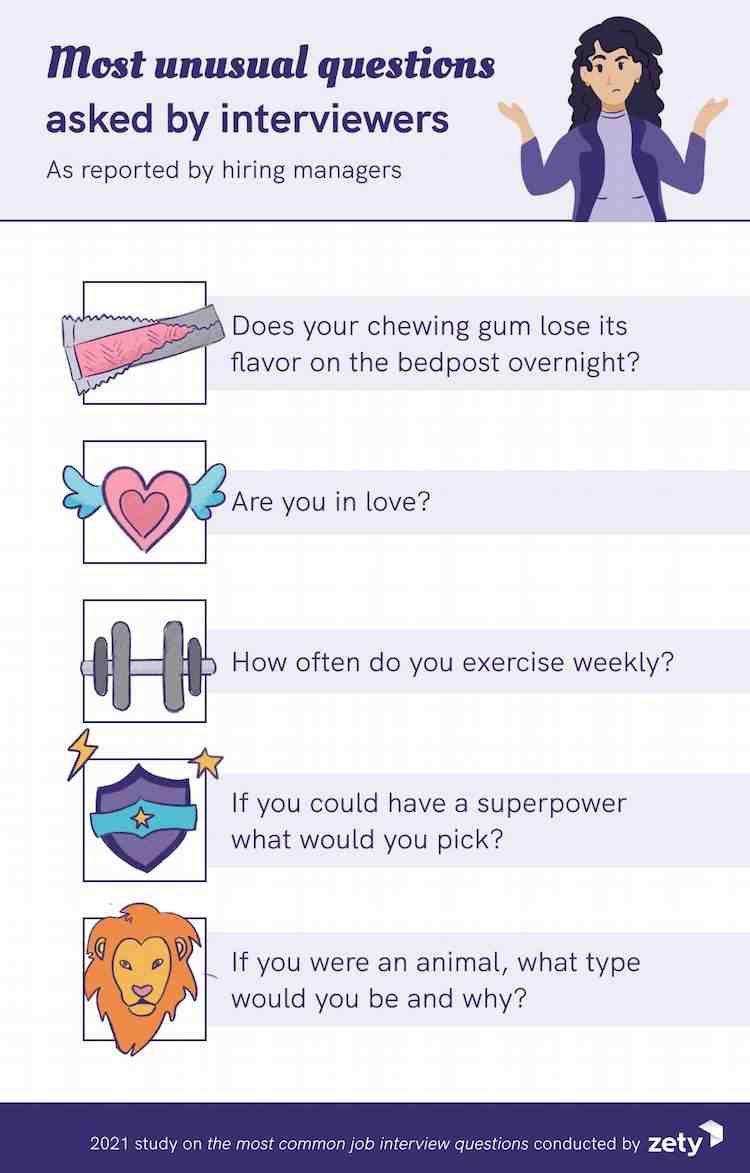
Alt text, or alternative text, is one of the most important and misunderstood topics in all of SEO and accessibility. Having good and accurate alt text for images is not just a simple SEO best practice, but it is essential for people with visual disabilities visiting the site.
Alt text exists first and foremost to describe the image to someone who cannot see it. The focus is on those accessing the website with screen readers who cannot see the image and, therefore, the images must be read to them for descriptive purposes.
Nothing irritates visually impaired users more than visiting a website and seeing every image read as “keyword – keyword – keyword.”
Yet, even today, with so much literature existing on the proper use of alt text, this still happens more than it should!
Bottom line
Complete the key words and describe what is in the picture to someone who cannot see.
Don’t say “image of” or “picture of” in your alt text. Be short but descriptive.
Finally, add a “period” at the end as a prompt for screen readers to know that the alt text is complete.
Worst SEO advice #5: “Semrush says that I have toxic links and I must submit a disavow file.”
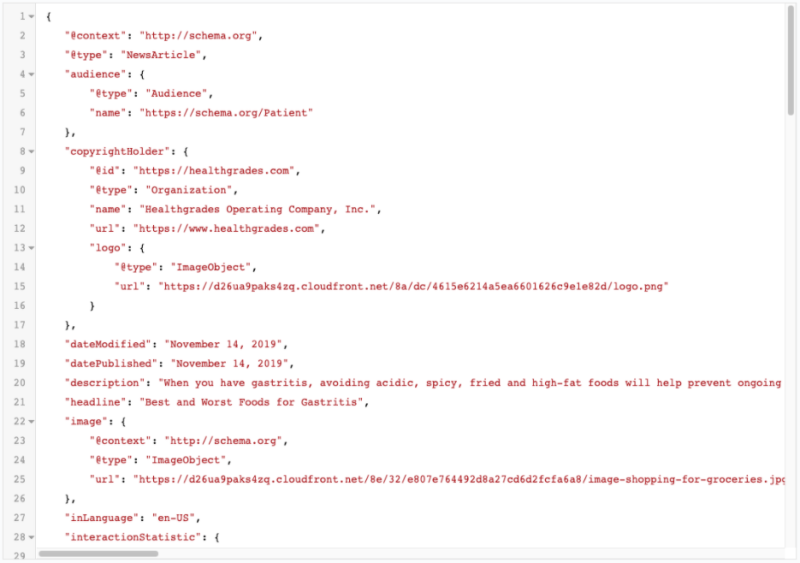
While the Semrush suite of tools is, overall, a quality investment for users and SEOs alike, this is its biggest drawback. When identifying toxic links, the tool fails!
I have yet to run a crawl for a client with Semrush and I don’t have the tool to spit out “Danger, Will Robinson! Danger!” warning when reviewing contact profile.
Semrush notes that random links are toxic and then recommends that the user submit a disavow file. The problem with this recommendation is that it is unnecessary and completely arbitrary.
In fact, Google doesn’t even have a concept of toxic domains, and blindly following a tool that says “otherwise” should always be avoided.
Bottom line
Unless you have a manual action, or you know you’ve built bad links yourself, a disavow file is a complete waste of time for the average site owner.
Ignore the tools and move on to something else that will help move your website.
Final thoughts
You’ve heard that SEO is a marathon, not a sprint. As with any marathon, it’s all about training and preparation.
Don’t derail your SEO marathon by succumbing to bad advice baked into a course, podcast or guru trying to sell you their latest tool.
Instead, use a little common sense and push back against advice that “might” seem questionable when given. The site you save may be your site. Good luck out there!
The views expressed in this article are those of the guest author and not necessarily those of Search Engine Land. Staff writers are listed here.
Casey Markee is the owner of internet consultancy Media Wyse. An SEO for over two decades, he has been working exclusively with food and lifestyle bloggers since 2015. During that time he has worked with thousands of bloggers across every imaginable recipe niche. He likes long walks to and from the fridge and believes that bacon and candy corn are gourmet foods.

